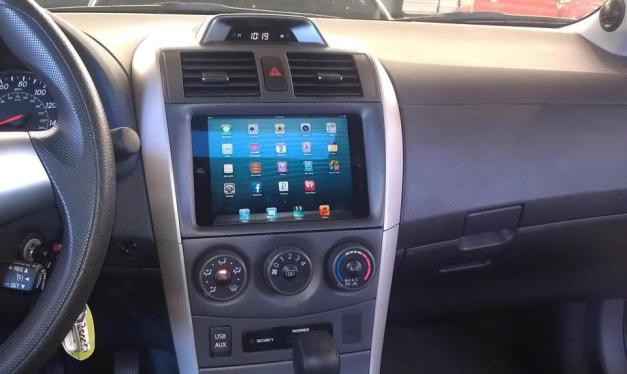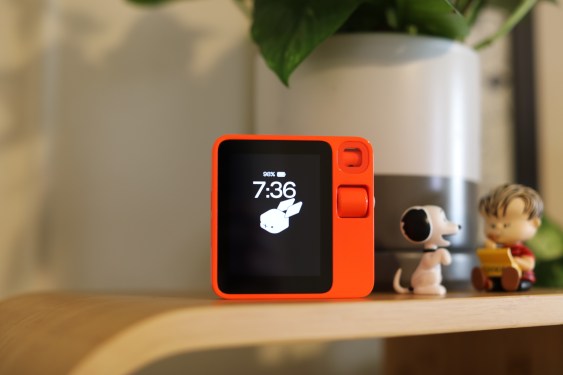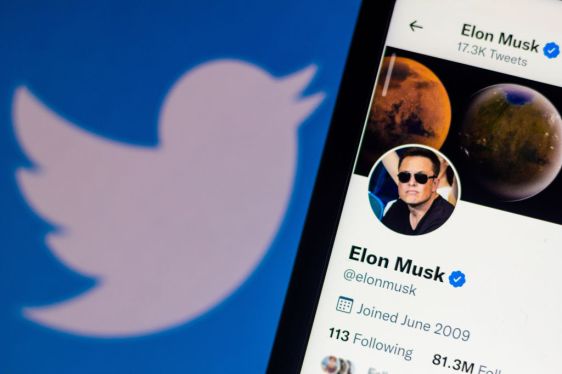As I’m currently shopping for a car, I’ve found myself weighing various factors such as size, fuel economy, engine power, cargo space, and front-wheel drive (FWD) versus all-wheel drive (AWD). However, my priorities are not necessarily aligned with those of automotive enthusiasts. Instead, I’m more concerned with the in-car entertainment system and how it integrates with my mobile device of choice.
The Importance of Smartphone Compatibility
My smartphone is an essential companion on long highway drives and commutes caught in traffic. The difference between a car that seamlessly integrates with my iPhone and one that doesn’t can make all the difference between a pleasant trip and a frustrating journey. I’ve had experience with Zipcar and rentals, where the in-car entertainment system’s ability to connect with my smartphone has significantly impacted my driving experience.
Desired Features for an In-Car Entertainment System
Based on my expectations, here are two possible scenarios for an ideal in-car entertainment system:
Option 1: A Bluetooth or Hardwired Connection
- Recognizes the diverse ways to access audio content on Android and iOS devices
- Handles functions like track skipping without erratic behavior
- Retains metadata recognition for all content
At this stage, it’s reasonable to expect a car manufacturer’s system to act as a "dumb pipe," leaving the heavy lifting to my smartphone of choice. Anything less would be frustrating.
Option 2: Custom, Target-OS Based Systems
- Catering to both dominant mobile operating systems (Android and iOS)
- Seamless integration with user devices, apps, and services
- Replacing existing manufacturer-specific systems like SYNC or QNX
Car manufacturers are taking steps towards the latter direction by integrating Siri into their vehicles. However, this approach is still limited, as seen in the example of Chevy’s MyLink. I believe that car makers need to understand that mobile tech has already addressed many of the same problems they face when it comes to navigation apps and utility software.
The Need for Car Makers to Embrace Mobile Ecosystems
Mobile devices have become an integral part of our daily lives, influencing lifestyle choices and resulting in rich ecosystems of compatible accessories and appliances. Car manufacturers should recognize this shift as a top-tier priority, rather than just a nice-to-have feature.
In other words, the first car manufacturer to integrate an iPad (as a standard, factory-installed option) into their dash entertainment system will be at the forefront of innovation. This represents a significant opportunity for companies to rethink and redefine the in-car experience.
The Industry’s Response: A Mixed Bag
While car makers are making efforts to improve smartphone compatibility, there is still room for growth. Manufacturers need to consider the following:
- Integration with multiple operating systems (iOS and Android)
- Compatibility with various devices and services
- A more user-friendly interface
The industry’s response so far has been mixed, but there is hope for improvement.
Related News
Here are some recent stories from TechCrunch that relate to the automotive industry:
- Meta Execs Obsessed Over Beating OpenAI’s GPT-4 Internally, Court Filings Reveal
- Google’s NotebookLM Had to Teach Its AI Podcast Hosts Not to Act Annoyed at Humans
- TikTok Users’ Attempted Migration to Chinese App RedNote Isn’t Going Too Well
These stories offer insights into the tech industry’s advancements and challenges.




